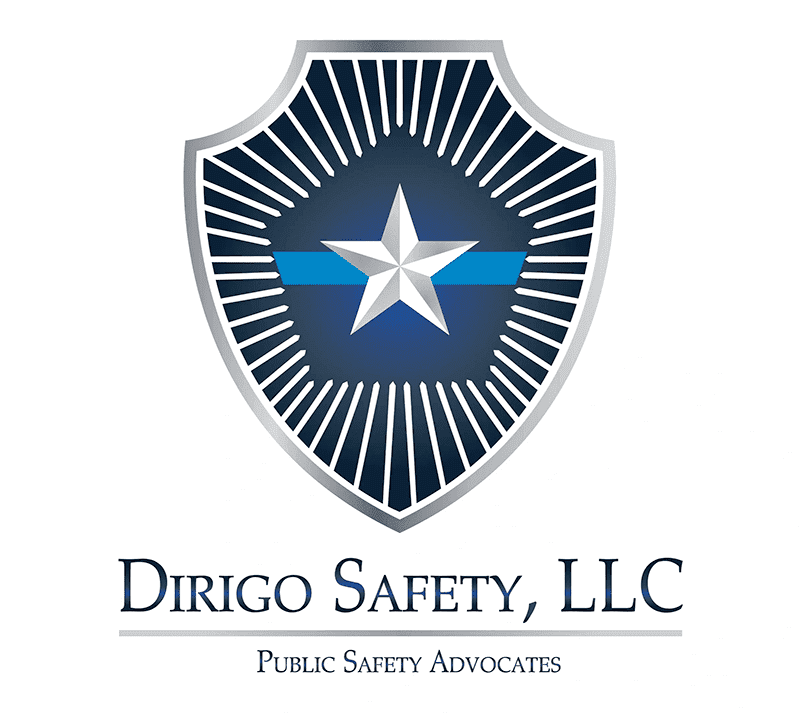Instructive Goal:
This class is designed to provide students an overview of the knowledge and skills required to respond effectively to common vehicle violations, by making traffic stops. If traffic safety efforts are to be successful, then law enforcement officers must be able to implement selective enforcement and law enforcement officer discretion, recognize violations, properly direct and control traffic, understand and properly use traffic control devices, safely and professionally make contact with the violator, take steps in enforcement action, including arrest/summons options, and provide appropriate court process instruction to the violator.
Regarding manual traffic direction and control, students will learn routine intersection and emergency traffic control procedures. Emphasis will be placed on identifying specific conditions and determining what action should be taken using standard traffic direction signals and gestures, using aids in traffic direction during day and night and in adverse weather conditions, and being able to communicate with drivers without verbal instructions.
Performance Objective:
At the end of this unit of instruction, the student will be able to accomplish the following objectives as outlined in the lesson:
X.X.1 Define traffic infraction.
X.X.2 Define selective enforcement.
X.X.3 Define articulable suspicion.
X.X.4 Identify the two proper positions for the patrol vehicle and the two proper ways to approach the suspect vehicle on an unknown risk traffic stop.
X.X.5 Identify the three documents that law enforcement officers should collect and examine during an unknown risk traffic stop.
X.X.6 Identify circumstances when it is appropriate to issue a warning to a traffic violator.
X.X.7 Identify circumstances when it is appropriate to issue a citation to a traffic violator.
X.X.8 Identify circumstances when it is appropriate to arrest a traffic violator.
X.X.9 Identify the proper positioning for patrol vehicle(s) and the proper tactical approach during a high-risk traffic stop.
X.X.10 Identify the elements of Operating Under the Influence.
X.X.11 Identify the three phases of law enforcement officer OUI enforcement.
X.X.13 Identify the law of implied consent and the duty to submit in OUI enforcement.
X.X.14 Identify the purpose of administrative actions by the Secretary of State.
X.X.15 Identify the three proper procedures to remove vehicles obstructing traffic.
X.X.16 Identify at least four situations in which the manual direction of traffic is warranted.
X.X.17 Identify at least five examples of aids and devices law enforcement officers may use to direct and control traffic.
